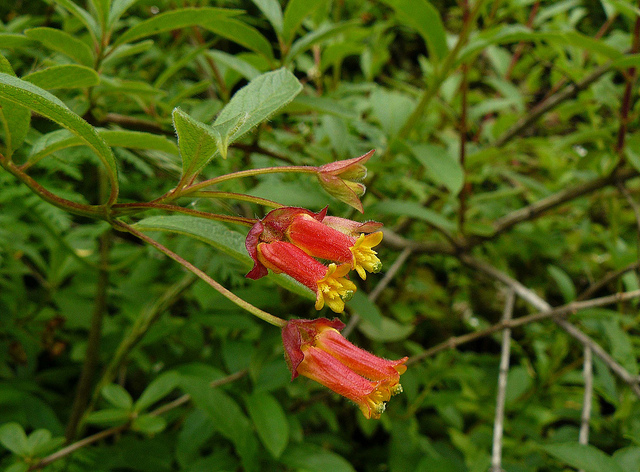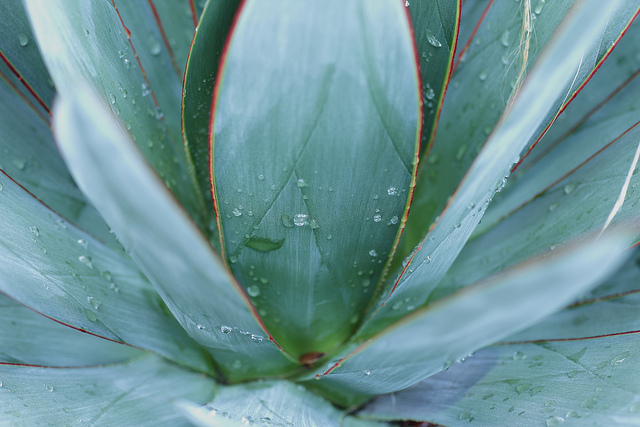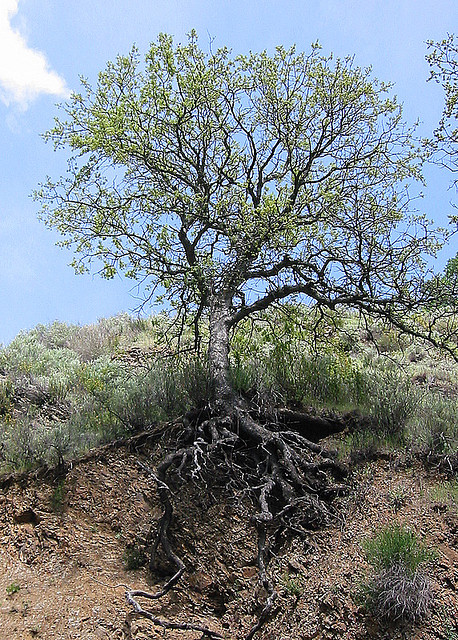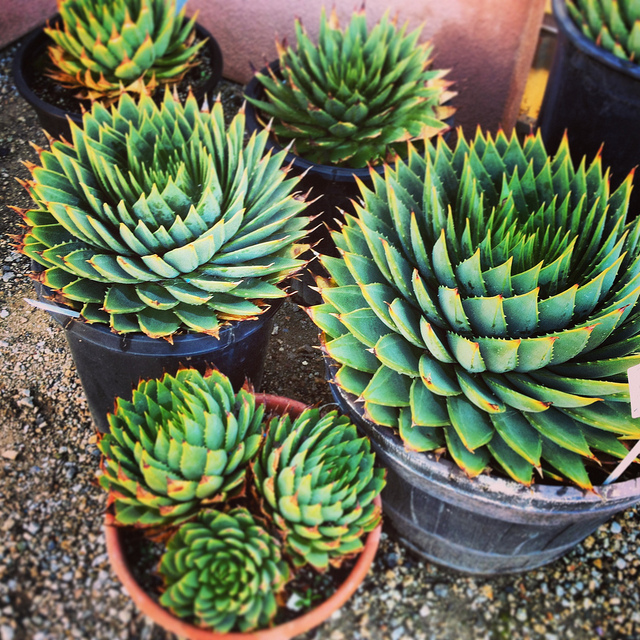By Kathy Shield
Intern, Forum
California’s historic drought has lots of gardeners searching for drought-tolerant plants. But what, exactly, makes a plant drought-tolerant? The term is a “catch-all to describe using plants that use less water,” Flora Grubb, the owner of a San Francisco garden store, explained on Forum.
Falling into that “catch-all” category are plants that have evolved different physiological strategies to survive the dry times in California.
When it comes to drought-tolerant plants for your yard, Sunset’s garden editor Kathleen Brenzel has one recommendation: “The best thing you can do is choose appropriate plants for your region.”
Tiny Hairs

Some drought-tolerant plants use trichomes, or tiny hairs, to grab water and hold onto it. These hairs reduce air flow over the leaves of the plant, reducing evaporation. Plants that are native to foggy coastal regions use trichomes to pull water from the air. Some plants can get half of all their water this way. Trichomes cover the flowers and leaves of Twinberry honeysuckle (Lonicera involucrata), which grows along the coastline from Alaska all the way to Mexico.


